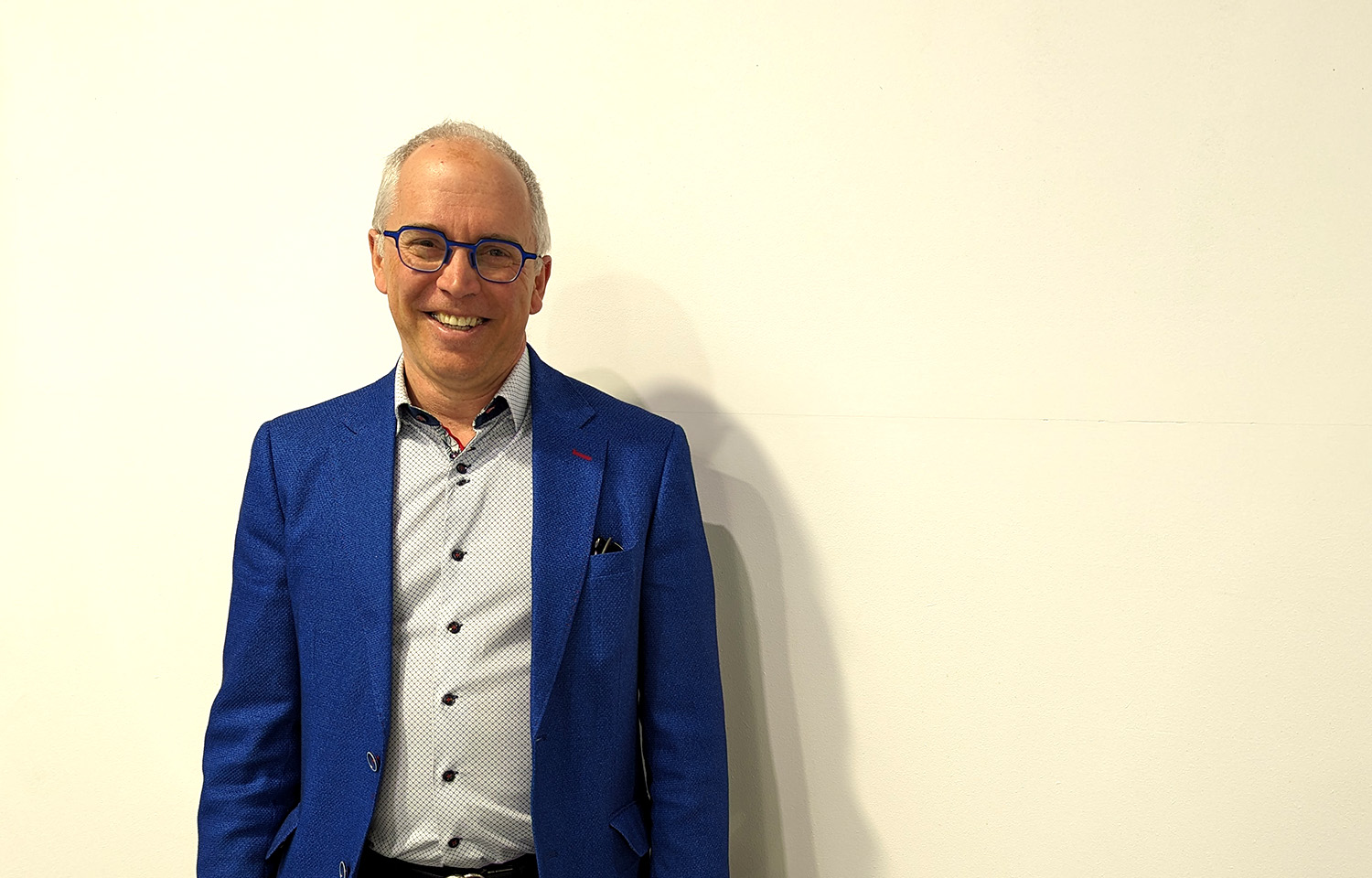Six years ago, High Liner Foods was struggling to maintain profitability, with the company laying off 14 percent of its salaried workforce as part of a “realignment” plan to get back on track.
The Lunenberg, Nova Scotia, Canada-based company’s acquisition of Rubicon Resources in 2017 ended up costing the company after it lost a key contract with Sam’s Club worth USD 95 million (EUR 88 million) and Kroger. High Liner would go on to launch a lawsuit against Rubicon and Rubicon’s former owner, Brian Wynn, and in November 2023, a panel of arbitrators awarded High Liner USD 15.5 million (EUR 14.3 million) after finding both Wynn and Rubicon made fraudulent representations during the sale of Rubicon Resources.
As the lawsuit rolled on, High Liner’s executive team at the time – then-CEO and President Rod Hepponstall and then-CFO Paul Jewer – were undertaking a multi-step turnaround plan to reverse losses and move back toward profitability.
Six years later, those efforts have paid off, Jewer – who became the company’s president and CEO in December 2023 – told SeafoodSource.
“Over the last five or six years, we’ve made some great progress and really strengthened the foundation of the business and have been in good position in terms of growing organically in the market,” Jewer said.
The initiatives laid out by Hepponstall and Jewer started just before the Covid-19 pandemic disrupted global supply chains, but Jewer said the company navigated the crisis thanks to the groundwork it had already done.
“The company managed itself really well through Covid and then the post-Covid supply chain crises,” he said. “We think that demonstrated all the good work we did in terms of diversifying our supply chain, strengthening our business, and being responsive to what consumers are looking for.”
The company posted eight consecutive quarters of increased EBITDA in May 2023, and its most recent results report highlighted a slight decline in sales but an increase in both profitability and earnings as its inventory levels normalized.
A diversified supply chain has given High Liner a foundation to build on and is the direct result of its investments, Jewer said.
“We invested in a lot of inventory in order to get through some of the post-Covid supply chain challenges, and customers appreciated the support we provided to them and to the category,” Jewer said. “Now that we’re in a better place from an inventory perspective, we’ve got a strong balance sheet as a result of our improved profitability and better working capital – and we think we’re in a good position to invest in that next stage of growth.”
That next stage includes investments in other companies, particularly seafood producers. The company made a USD 5 million (EUR 4.6 million) investment in Norcod in March, and Jewer said that investments like that are part of High Liner's future goals.
“Of course, we think the numbers make sense because we wouldn’t invest otherwise,” Jewer said. “But, I think as importantly, it’s about us thinking about what the supply chain might look like five or 10 years from now. Norcod is not an investment that is going to deliver us a lot of product that we’re going to sell in North America immediately; that wasn’t the point. It was about working with companies that are in early stages, creating the future of the supply chain, so that we’re really well-positioned as that continues to grow.”
The company’s next investment came in May as it invested USD 10 million (EUR 9.2 million) in land-based salmon farming company Andfjord Salmon.
Besides investing in other companies, High Liner also wants to consider alternative species for primary processing than the ones it currently works with.
“There are, I would say, a couple of streams to that. One is more value-oriented whitefish species; just as an example, Southern blue whiting out of New Zealand is a product we launched last year,” Jewer said. “We’ve been looking at products like Cape hake, which are also a good value whitefish that we think, with the value adding we do, can be responsive to what consumers are looking for.”
The company is also looking at more common species that High Liner has traditionally conducted less business in, he said.
“I think we’re underrepresented in salmon and in shrimp,” Jewer said. “We think those are areas where we can also disproportionately grow as we look forward.”
High Liner is also working to diversify its supply chain on the ...








